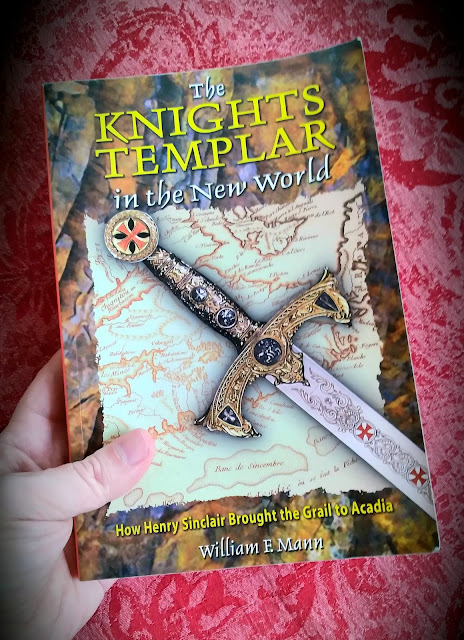Parzival
by Wolfram von Eschenbach
Penguin Classics
Brief Review by Travis Simpkins
"'Upon my word, you are Parzival!' said she of the red lips, 'Your name means 'Pierce-through-the-heart.'" With these words, the great hero of Wolfram von Eschenbach's early 13th Century romance makes his first appearance by name.
Full of chivalry, jousting, kings, queens, Templar Knights and the quest for the all-powerful "Gral", the text of Parzival is still enlivened and entertaining 800 years after it was composed. One of the early romances to feature King Arthur and the Holy Grail, the story is one of conquest, reverence and spiritual redemption. However, the key story elements pertaining to the "Gral" are what maintain the text's relevance and importance for Grail scholars.
The Holy Grail is one of the world's great mysteries, a source of eternal captivation, and the symbolic object is an ever-present undercurrent in the narrative. As stated in translator A.T. Hatto's foreword: "The Grail of medieval romance has the function of indicating a goal worth striving for or preserving, and in content at least a modicum of sanctity."
Descriptions of the Holy Grail, tended by virginal maidens, are luminous: "The Gral was the very fruit of bliss, a cornucopia of the sweets of this world and such that is scarcely fell short of what they tell us of the Heavenly Kingdom." Though desired by all, the Grail cannot be taken by force, for "no man can win the Gral other than one who is acknowledged in Heaven as destined for it." It is interesting to note that Wolfram's "Gral" in Parzival is never described as a chalice… but is a stone of bountiful power that is not destined for the worthy hero until he asks the compassionate question of it's long-suffering King: "What ails you?"
Being one of the great Classics of the medieval period Arthurian Romances, a storyline synopsis of Parzival would serve little purpose here… but for those interested in the Knights Templar and the Holy Grail, the epic poem is both a rich source and required reading.
 |
| Parzival. Wolfram von Eschenbach. King Arthur. The Holy Grail |
 |
| Parzival. Wolfram von Eschenbach. King Arthur. The Holy Grail |
 |
| Parzival. Wolfram von Eschenbach. King Arthur. The Holy Grail |
 |
| Parzival. Wolfram von Eschenbach. King Arthur. The Holy Grail |
 |
| Parzival. Wolfram von Eschenbach. King Arthur. The Holy Grail |
 |
| Parzival. Wolfram von Eschenbach. King Arthur. The Holy Grail |
 |
| Parzival. Wolfram von Eschenbach. King Arthur. The Holy Grail |
 |
| Parzival. Wolfram von Eschenbach. King Arthur. The Holy Grail |
 |
| Parzival. Wolfram von Eschenbach. King Arthur. The Holy Grail |
 |
| Parzival. Wolfram von Eschenbach. King Arthur. The Holy Grail |
 |
| Parzival. Wolfram von Eschenbach. King Arthur. The Holy Grail |
 |
| Parzival. Wolfram von Eschenbach. King Arthur. The Holy Grail |







































